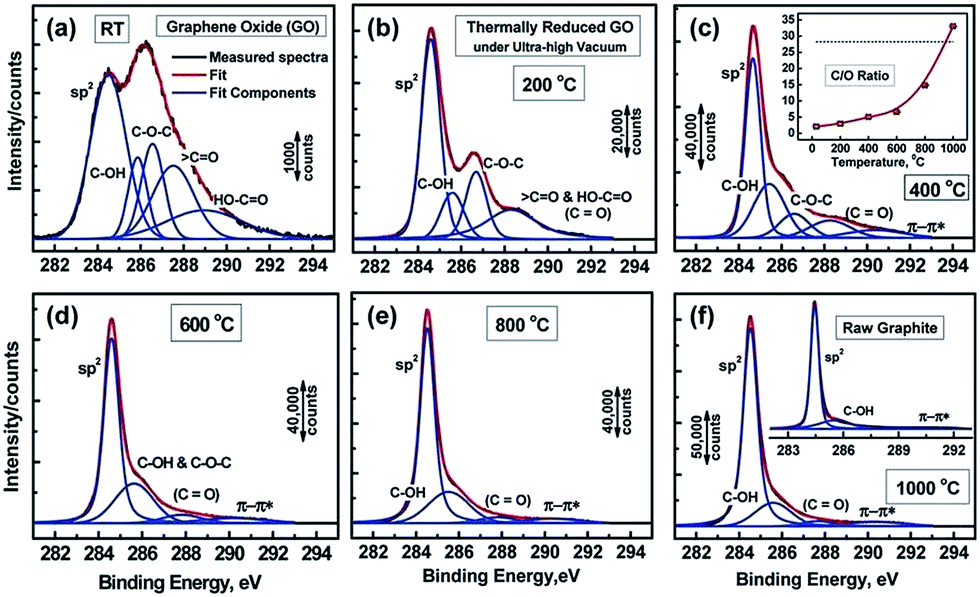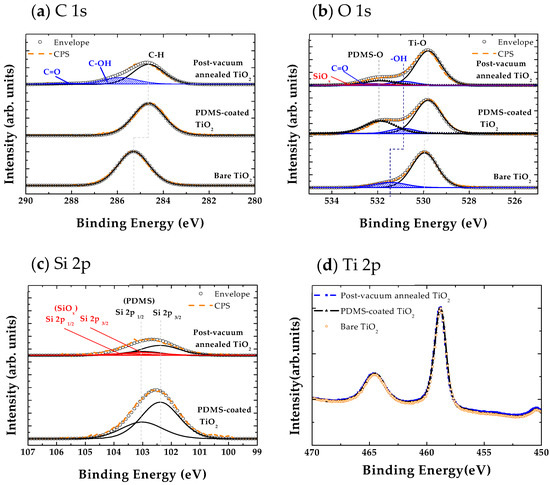

(01)00271-6īegun GM, Beall GW, Boatner LA, Gregor WJ (1981) Raman spectra of the rare earth orthophosphates.

īalan E, Trocellier P, Jupille J et al (2001) Surface chemistry of weathered zircons. Īnitha JK, Joseph S, Rejith RG, Sundararajan M (2020) Monazite chemistry and its distribution along the coast of Neendakara-Kayamkulam belt, Kerala. Spectrochim Acta Part A Mol Biomol Spectrosc 73:532–538. Explor Res At Miner 13:1–21Īliatis I, Bersani D, Campani E et al (2009) Green pigments of the Pompeian artists’ palette. This expansive dataset provides valuable information to the scientific community and mining industries to assist with determining the grade and potential uses of beach sands.Īli MA, Krishnan S, Banerjee DC (2001) Beach and inland heavy mineral sand investigations and deposits in india-an overview.

UV–Visible-NIR spectroscopy reveals the electronic transition of elements and charge transfer spectra. X-ray photoelectron spectroscopy illustrates the chemical composition, precise oxidation state, and chemical bonding of surface elements. The study reveals the degree of metamictization in zircon and monazite and differentiates the isomorphous series in garnet, discrimination of opaque and non-opaque minerals, polymorphs, and the anisotropic changes in crystal symmetry due to their physical and chemical process. In order to bring out the importance of these heavy minerals, we present detailed studies on structure, surface chemistry, and absorption spectroscopy using advanced characterization techniques such as Raman spectroscopy, X-ray photoelectron spectroscopy (XPS), and UV–Visible-NIR spectroscopy. The beach sands of the Indian coast are bestowed with strategic minerals like ilmenite, monazite, rutile, sillimanite, garnet, and zircon.


 0 kommentar(er)
0 kommentar(er)
